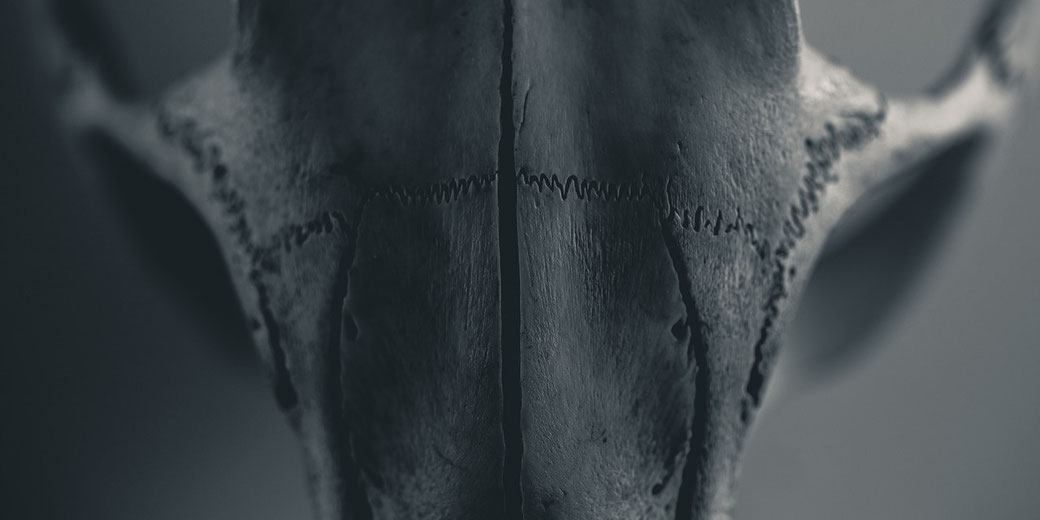How the ancient Chinese used 'oracle bones' to tell the future

Have you ever wanted to know what lies ahead in your future, or understand life’s mysteries?
While we do not have any real crystal ball that can do this for us, ancient cultures had their own ways of fortune-telling.
In the Shang dynasty of China (1600 to 1046 BCE), people used oracle bones to talk to their ancestors and ask for advice on important matters.
What are Oracle Bones?
Oracle bones are one of the most important historical finds in China. They are animal bones such as cow shoulder blades or turtle shells that were engraved with text using the Shang script, the earliest form of Chinese writing.
The people of the time thought they could talk to their ancestors through these bones, since they believed they could step in on human affairs.
Most questions found on oracle bones came from the wealthy elite of society, especially the king.
They would ask about the future: whether crops would do well or whether they would win a battle.
How do you use Oracle Bones?
First, a fortune-teller would clean the bones or shells and sometimes, they were even highly polished.
Next, they would write a question on the bone with a sharp tool. The script they used had simple symbols that stood for words or ideas. In particular, each pictograph conveyed a single concept.
The fortune-teller would also drill a small hole, or a series of pits or hollows, into the bone.
The object was then put in contact with intense heat, either by inserting a heated metal rod into the holes or by holding it over a fire.
The heat caused the bone or shell to crack.
The diviner would carefully look at the shape and direction of the cracks and then offer an interpretation of these cracks because it was thought to communicate guidance from the ancestors or the gods.
When they believed that the meaning as clear, the fortune-teller would say the answer out loud.
On some occasions, they would also down the answer to their question on the bone at a later point.
Finally, the oracle bones were sometimes ceremonially buried.
What kinds of questions were asked on the bones?
The questions inscribed on oracle bones show what mattered to people in the Shang period.
For example, the most common questions asked had to do with agriculture: whether it would rain, whether there would be a drought, or whether the harvest would do well.
Also, matters of military decisions, such leaders asking whether military campaigns would succeed, how battles might turn out, and whether they should order attacks, are common concerns.
At the royal court, inscriptions showed a genuine concern for the health and luck of family members, including predictions of births and deaths.
Interestingly, religious leaders also used the bones to learn when and how to perform certain sacrifices or rituals to honour ancestors or gods, and to gain favourable outcomes.
On the occasions when we see glimpses of the daily life of the common people, they asked what caused illnesses and whether they would get better.
Sometimes they posed very personal questions about marriage proposals, pregnancy results, or the meaning of strange dreams that they had had.

How were they discovered?
In 1899, a scholar named Wang Yirong found some engraved bones that traders sold as “dragon bones.”
At that time, he recognised the symbols as ancient Chinese writing, but their importance was not clear at first.
Then, in 1928, archaeologists dug up a collection of bones in Xiaotun, near Anyang, the last capital of the Shang dynasty.
There was a large pit containing these bones along with pottery and other items.
Wang Guowei helped read the symbols and link them to the Shang dynasty. Since then, more than 100,000 oracle bones have been found at Anyang.
Why are the bones historically important?
Oracle bones give us some incredibly useful historical facts. They record the names of Shang kings, their families, and surprisingly detailed facts about their daily lives.
A well-known figure in these bones is Lady Fu Hao, a Shang military leader and high priestess who led campaigns and performed a number of rituals recorded on the bones.
Oracle bone use eventually declined after the Shang dynasty, especially with the rise in popularity of other divination methods, like the I-Ching during the Zhou dynasty.
What do you need help with?
Download ready-to-use digital learning resources
Copyright © History Skills 2014-2025.
Contact via email
With the exception of links to external sites, some historical sources and extracts from specific publications, all content on this website is copyrighted by History Skills. This content may not be copied, republished or redistributed without written permission from the website creator. Please use the Contact page to obtain relevant permission.





